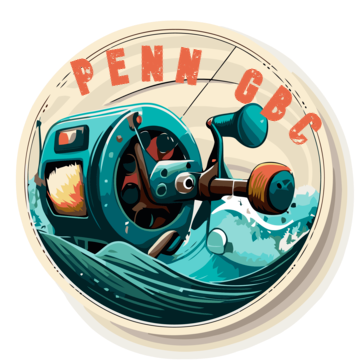penngbc.com – The journey of aircraft design is a complex and intricate process that transforms a concept into a flying machine. It involves a series of meticulous steps, each critical to the success of the final product. This article delves into the stages of aircraft design, from the initial idea to the moment it takes to the skies.
The Concept Phase
The first step in aircraft design is the concept phase, where the idea for a new aircraft is born. This phase involves market research, defining the aircraft’s purpose, and setting design requirements. Engineers and designers work together to outline the aircraft’s specifications, such as size, range, speed, and payload capacity.
Preliminary Design
Once the concept is established, the preliminary design phase begins. This stage focuses on creating a basic layout of the aircraft, including the arrangement of the fuselage, wings, empennage, and landing gear. Engineers use computer-aided design (CAD) software to model the aircraft and perform initial aerodynamic and structural analyses.
Detailed Design
The detailed design phase is where the aircraft’s design is finalized. This involves refining the aerodynamics, optimizing the structure for weight and strength, and selecting materials. Engineers also design the aircraft’s systems, such as the propulsion, avionics, and hydraulics. This phase requires extensive testing and simulation to ensure that all components meet the required specifications.
Prototyping and Testing
Before the aircraft can be manufactured, a prototype is built for testing. This involves constructing a full-scale model of the aircraft or key components. The prototype undergoes rigorous testing, including wind tunnel tests, ground vibration tests, and system checks, to validate the design and identify any issues that need to be addressed.
Certification
Once the prototype has been tested and refined, the aircraft must undergo certification by aviation authorities, such as the Federal Aviation Administration (FAA) or the European Union Aviation Safety Agency (EASA). This process ensures that the aircraft meets all safety and performance standards. Certification involves a series of flight tests to validate the aircraft’s handling, performance, and systems.
Production and Delivery
After certification, the aircraft enters production. This phase involves setting up the manufacturing process, procuring materials, and assembling the aircraft. Quality control is critical throughout production to ensure that each aircraft meets the design specifications. Once completed, the aircraft is delivered to the customer, ready for operation.
Conclusion
Aircraft design is a multifaceted process that requires the collaboration of engineers, designers, and manufacturers. From the initial concept to the final delivery, each step is crucial to ensuring that the aircraft is safe, efficient, and capable of meeting its intended purpose. The journey from concept to flight is a testament to human ingenuity and the relentless pursuit of innovation in the field of aerospace engineering.
